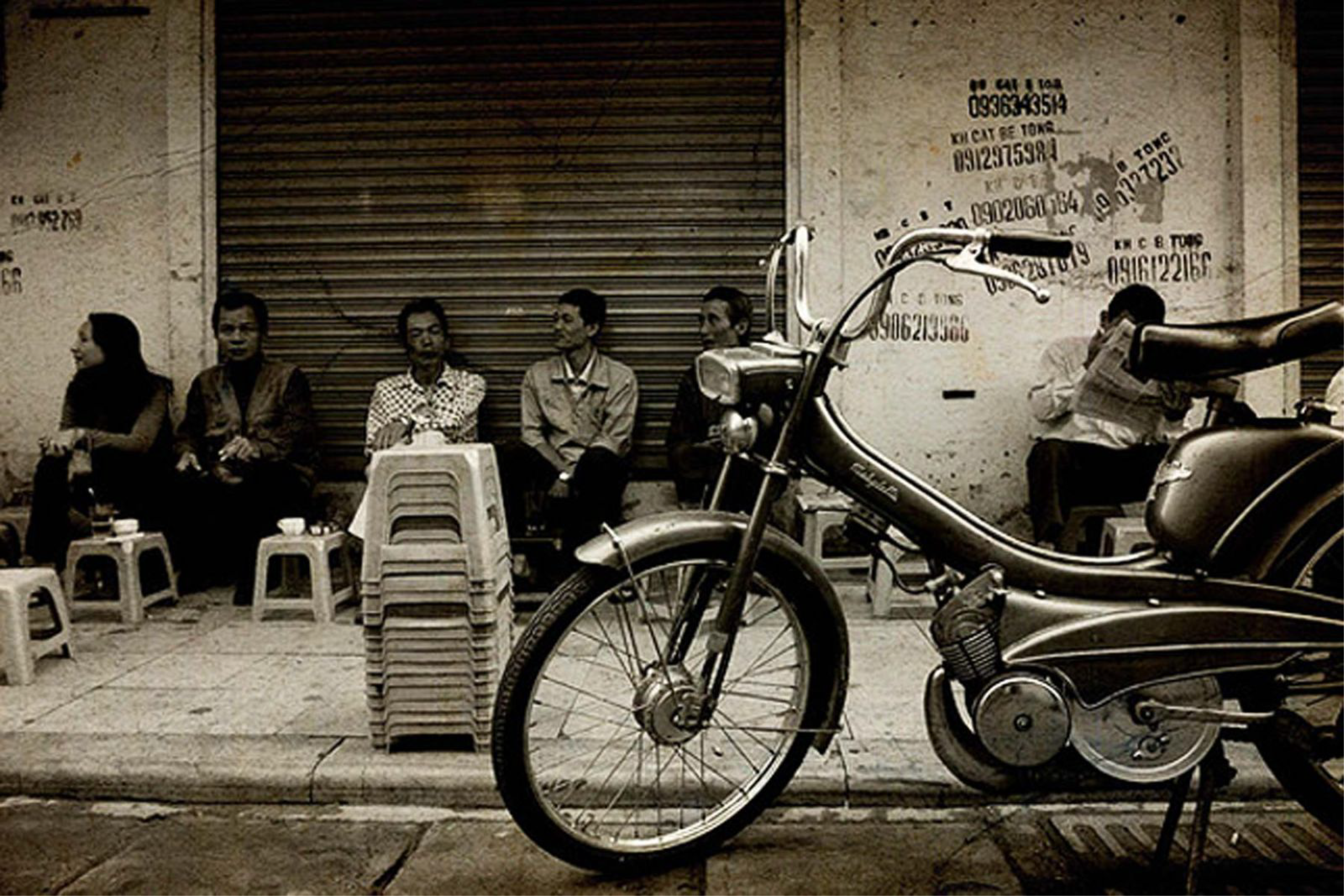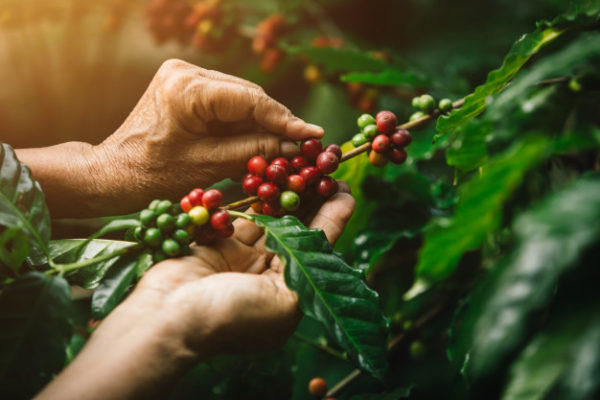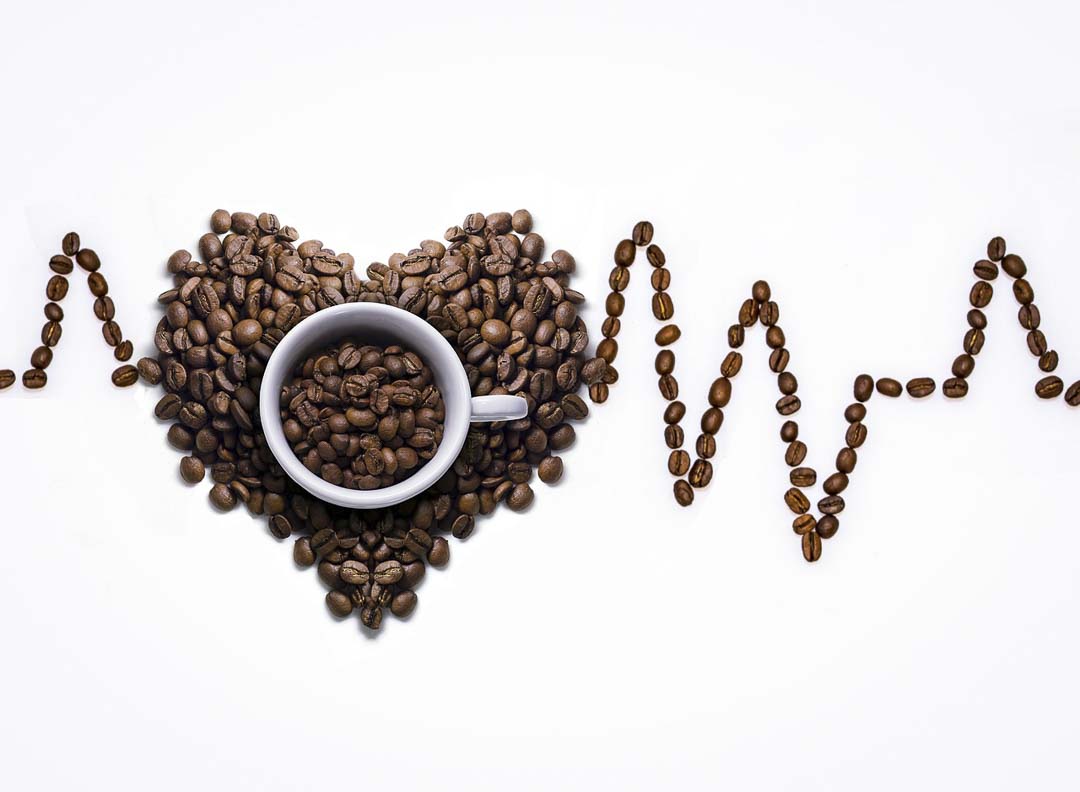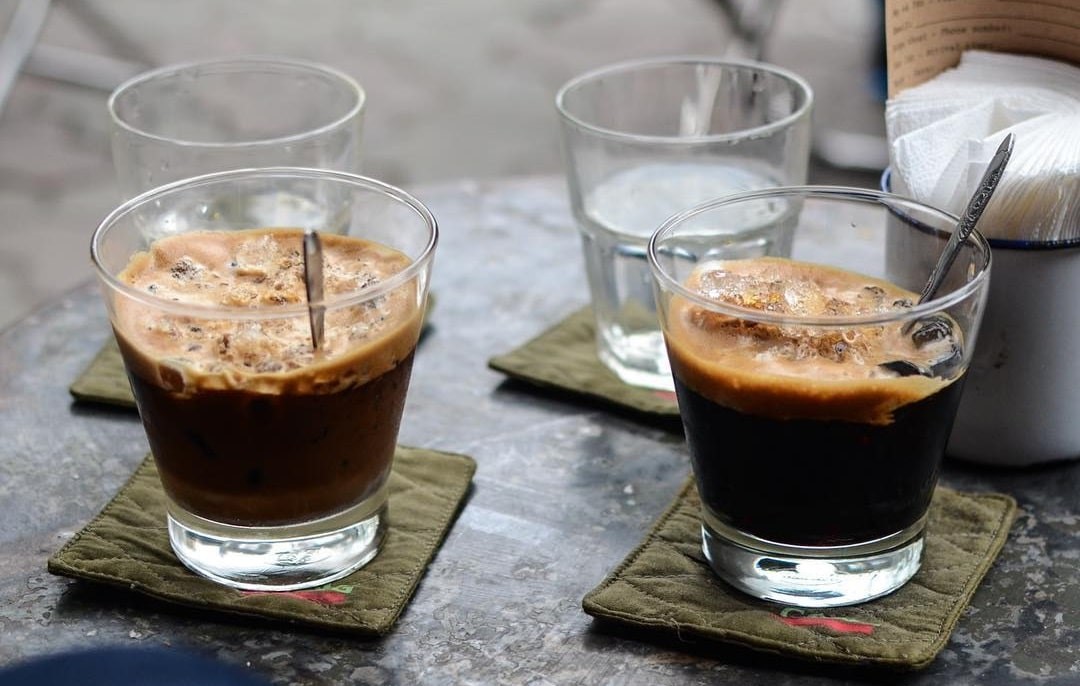Arabica vs Robusta Coffee: What’s the Difference?
Arabica vs Robusta Coffee: What’s the Difference?
Arabica vs Robusta Coffee: What’s the Difference?
Once roasted, pretty much all coffee beans look the same. But did you know that there are actually dozens of different varieties of coffee beans? When it comes to your daily cup, though, there are really only two that matter: Arabica and robusta. These are the two primary types of coffee cultivated for drinking.
What’s the difference between the two? It’s significant, and it’s helpful to understand when choosing coffee.
The two varieties differ in taste, growing conditions, price. Despite containing less caffeine than Robusta, Arabica beans are often considered superior in taste. Arabica tends to have a smoother, sweeter taste, with flavour notes of chocolate and sugar. They often also have hints of fruits or berries.
Robusta, however, has a stronger, harsher taste, with a grain-like overtone and peanutty aftertaste. Some robustas, however, are of high quality and valued especially in espressos for their deep flavor and good crema.
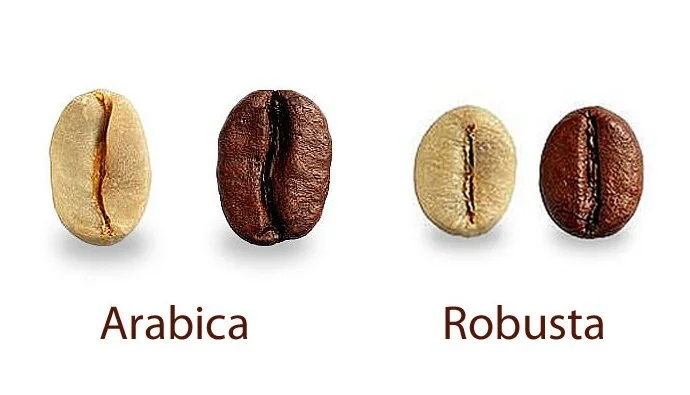
The Coffee Plant
The Robusta tree is usually bigger than its Arabica counterpart: it can reach up 10-12 m (33-40 ft) in height against 3-4 m (10-14 ft) of the latter. But that’s not all.
It also has double the yield of Arabica which will produce around 1-5 kg (2 -11lb) of cherries per season, if well cared for, making Arabica more expensive to grow… with some unpredictable consequences. But I’m jumping ahead of myself. We’ll talk more about that later.
And lastly, Arabica’s cherries are generally larger and more elongated than Robusta’s and its beans have a characteristic curved crease in the middle.

Climate and Environment
As a resilient little plant, the Robusta coffee plant is disease and climate resistant. Because of these properties, you can find it’s growing in hot temperatures and low altitude (under 600 meters). Nowadays, it largely grows in the Eastern Hemisphere, mainly in Africa and Indonesia. Unlike Robusta plants, Arabica plants are sensitive to disease and climate change, which makes it much more difficult to grow. This high-quality coffee plant prefers temperature 15°C – 24°C and high altitude (600+ meters above sea level). Thus, it mainly grows in countries of South and Central America. And the best quality beans are in Africa and Asia.
Chemistry and Flavour
Let’s begin by saying that the chemical components in the beans, such as oils, sugars and acids, are tightly linked with the particular flavour profile of a coffee.
For example, Arabica generally contains a higher number of oils (15-17%) and sugars (6-9%) than Robusta, making for a sweeter cup with more complex aromas and a smooth and supple texture.
But there is more!
The sugars in the bean also break down when roasted creating compounds that lend acidic notes to the coffee, even though Arabica actually contains less acids than Robusta.
However, Robusta’s low oil content (10-12%) generally gives a longer and more stable crema when pulling a shot of Espresso. You know that lustful, golden, tanned froth on top of an Espresso? Well, it is made of tiny air bubbles where many of the oils are suspended. But, too much fat actually destroys the foam!
Robustas definitely taste more bitter and “hard” than Arabicas. Why is that?
Robustas have a lower sugar content (3-7%) and double the amount of caffeine (1.7-4%) and Chlorogenic Acids (CGAs).
Does this mean that Arabica is a better quality bean? Not at all! It makes Robusta great if you’re looking for a bit of an extra kick in the morning or if you like cappuccinos, as its stronger taste still manages to shine through the milk.
And the really cool thing is:
Robusta’s high caffeine and CGAs content makes it more resistant to diseases, pests and fungi which proliferate in hot, wet climates, such as leaf rust and the coffee berry disease. So, the sturdiness of this species means that overall it is easier and cheaper to cultivate than Arabica.







